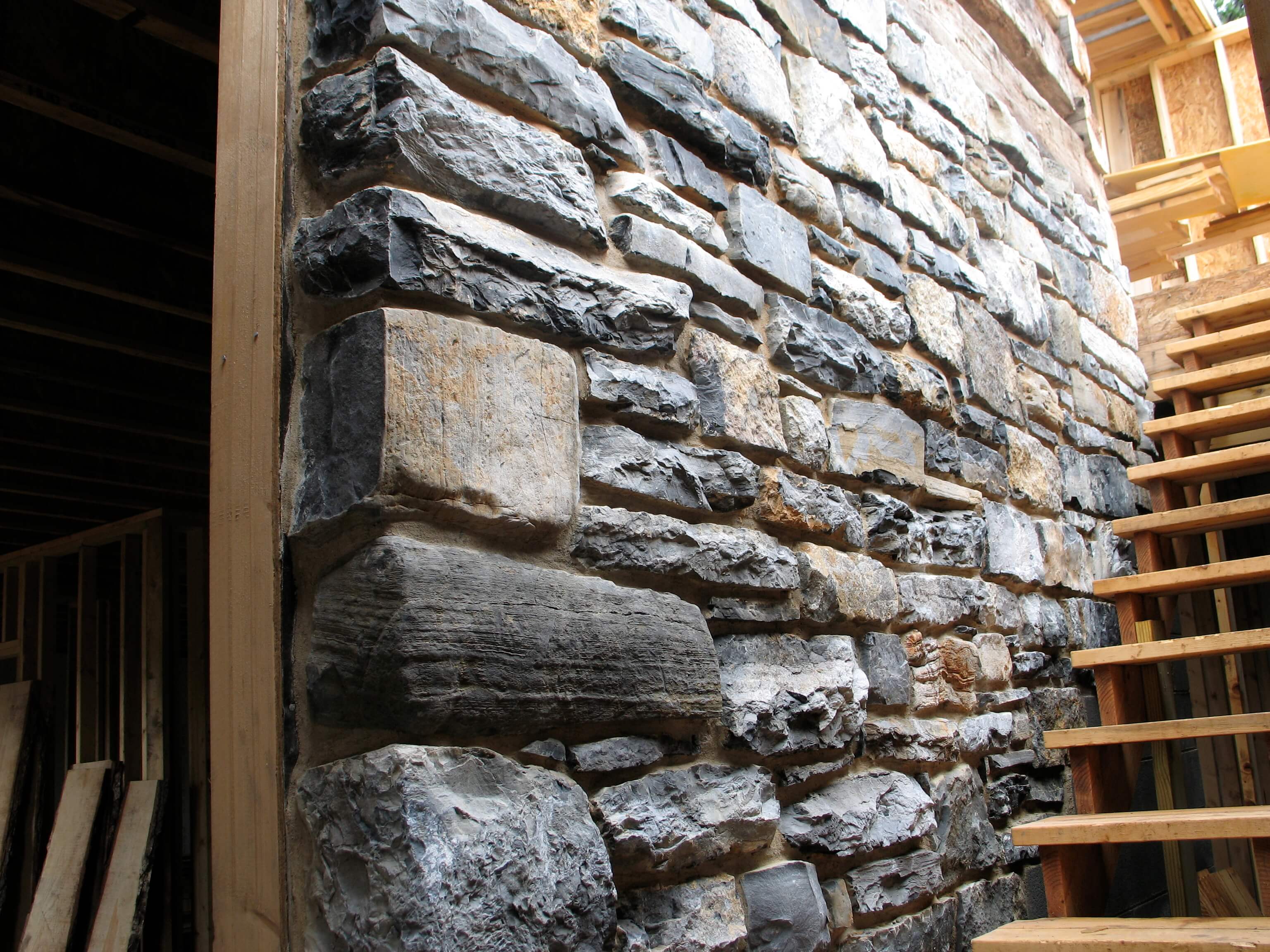The Evolution and Advantages of Thin Veneer Cultured Stone
Introduction: In the realm of architectural design and construction, thin veneer cultured stone has emerged as a highly sought-after material. Offering the aesthetic appeal of natural stone coupled with the versatility and cost-effectiveness of manufactured products, thin veneer cultured stone has revolutionized the way we approach building exteriors and interior design. This article delves into the evolution, advantages, and applications of thin veneer cultured stone, exploring the reasons behind its growing popularity. Evolution of Thin Veneer Cultured Stone: 1. Origins of Cultured Stone: The concept of cultured stone dates back to the mid-20th century when an innovative process was developed to replicate the appearance of natural stone. This not only solved the problem of limited availability and high costs associated with quarrying and transporting natural stone, but it also allowed for the creation of more uniform and customizable stone products. 2. Thin Veneer Revolution: While traditional full-size cultured stone brought significant improvements to the industry, it often required additional structural support due to its weight. This limitation led to the development of thin veneer cultured stone, which offered reduced weight and thickness without compromising on aesthetics. This breakthrough allowed for wider applications and greater design flexibility, making thin veneer cultured stone a game-changer in the field of construction. Advantages of Thin Veneer Cultured Stone: 1. Cost-effectiveness: Thin veneer cultured stone offers a more affordable alternative to natural stone, reducing material costs significantly. Additionally, the lightweight nature of thin veneer products reduces transportation costs, making them more accessible and budget-friendly to architects, contractors, and homeowners alike. 2. Installation Ease: The reduced weight and thickness of thin veneer cultured stone make it easier to handle and install compared to traditional stone. This aspect not only saves time but also reduces labor costs. Additionally, thin veneer cultured stone can be applied directly to a variety of surfaces, including wood, concrete, metal, and even drywall, making it suitable for a wide range of construction projects. 3. Design Versatility: Thin veneer cultured stone comes in a vast array of colors, textures, sizes, and shapes, allowing for endless design possibilities. Whether aiming for a contemporary, rustic, or traditional look, thin veneer cultured stone can be customized to suit any architectural style or personal preference. This versatility extends to both exterior and interior applications, offering designers and homeowners the freedom to create striking visual effects and unique spaces. 4. Durability and Weather Resistance: Thin veneer cultured stone is meticulously engineered to withstand harsh weather conditions, making it highly durable and long-lasting. Unlike natural stone, which can be prone to cracking and chipping, thin veneer cultured stone offers excellent resistance to impact, moisture, temperature variations, and UV radiation. These attributes make it an ideal choice for both interior and exterior use, ensuring a lasting and low-maintenance solution. 5. Sustainable and Environmentally Friendly: Manufactured using a combination of natural aggregates, cement, and pigments, thin veneer cultured stone minimizes the need for quarrying, reducing the environmental impact associated with natural stone extraction. Additionally, the manufacturing process creates less waste and consumes fewer resources, making thin veneer cultured stone a more sustainable choice for environmentally conscious builders and homeowners. Applications of Thin Veneer Cultured Stone: 1. Exterior Facades: One of the most common applications of thin veneer cultured stone is on exterior facades. Whether used as the primary cladding material or as an accent, thin veneer cultured stone can transform the appearance of any building, adding a touch of elegance and sophistication. Its lightweight nature makes it suitable for both new construction and renovation projects, enabling architects and designers to achieve their desired aesthetic while adhering to structural requirements. 2. Interior Features: Thin veneer cultured stone is not limited to exterior use; it also adds a luxurious touch to interior spaces. From go now , fireplaces, and columns to kitchen backsplashes and bathroom vanities, thin veneer cultured stone can enhance the visual appeal of any room. It adds texture, warmth, and character, creating a welcoming and aesthetically pleasing environment. 3. Landscaping and Hardscaping: Thin veneer cultured stone finds extensive application in landscaping and hardscaping projects. From retaining walls and garden borders to pathways and outdoor fireplaces, it seamlessly blends with natural surroundings, creating a harmonious and visually appealing outdoor space. Its versatility and durability make it an excellent choice for creating stunning landscapes that require minimal maintenance. 4. Commercial and Retail Spaces: The advantages of thin veneer cultured stone also extend to commercial and retail spaces. Whether used to create an inviting storefront, to design a captivating interior, or to construct engaging signage, thin veneer cultured stone adds a touch of elegance and sophistication that enhances the overall customer experience. Its durability and design versatility make it an ideal choice for high-traffic areas. Conclusion:  Thin veneer cultured stone has transformed the architectural and construction industry by providing a cost-effective, versatile, and sustainable alternative to natural stone. With its wide range of advantages, including cost-effectiveness, ease of installation, design versatility, durability, and environmental friendliness, thin veneer cultured stone has become a preferred choice for architects, contractors, and homeowners alike. Its applications extend from exterior facades to interior features, landscaping, and commercial spaces, offering endless design possibilities. As the demand for thin veneer cultured stone continues to grow, it is evident that this innovative material is here to stay, shaping the future of architectural design.
Thin veneer cultured stone has transformed the architectural and construction industry by providing a cost-effective, versatile, and sustainable alternative to natural stone. With its wide range of advantages, including cost-effectiveness, ease of installation, design versatility, durability, and environmental friendliness, thin veneer cultured stone has become a preferred choice for architects, contractors, and homeowners alike. Its applications extend from exterior facades to interior features, landscaping, and commercial spaces, offering endless design possibilities. As the demand for thin veneer cultured stone continues to grow, it is evident that this innovative material is here to stay, shaping the future of architectural design.